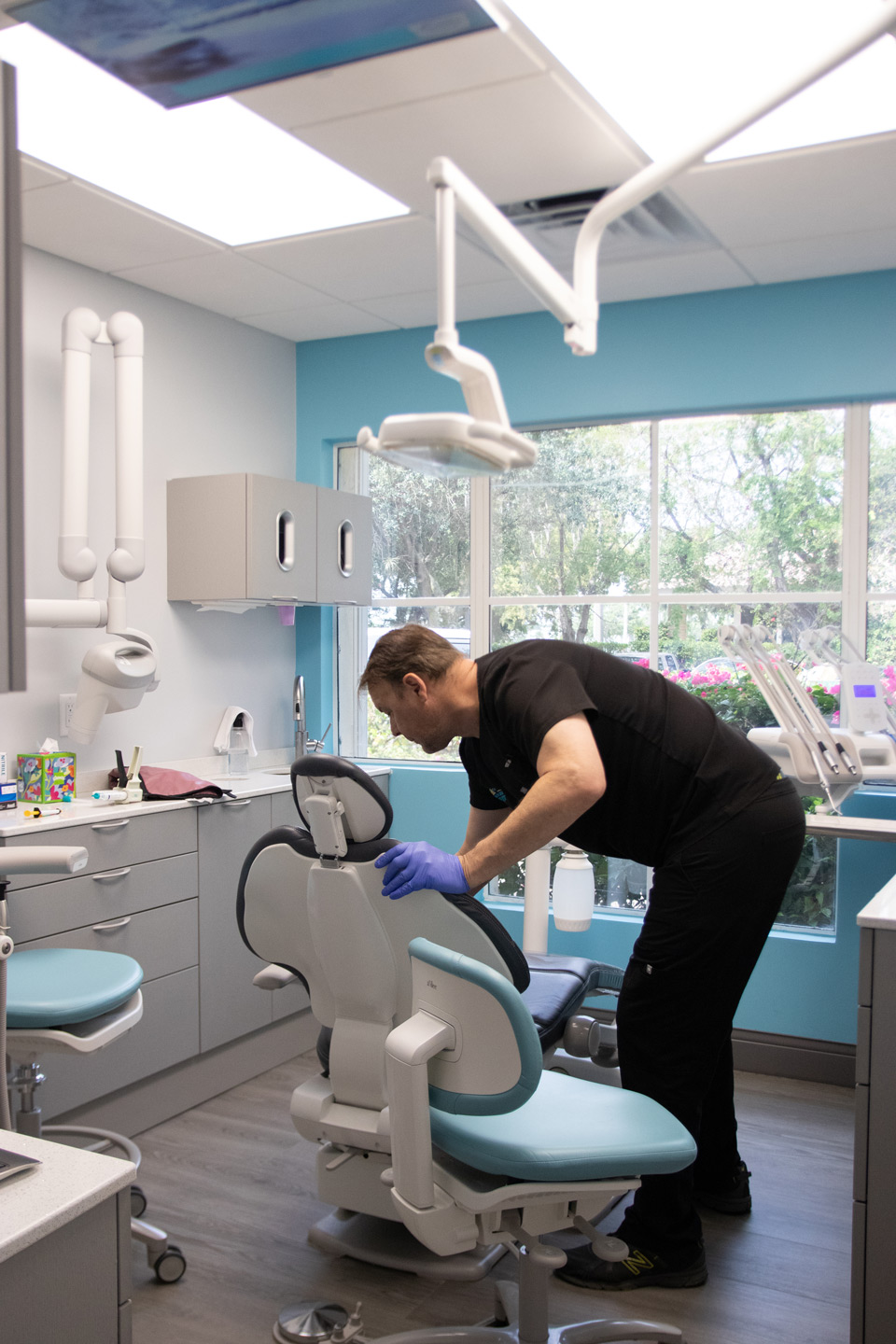Typical Concerns Concerning Dental Veneers Answered
Dental veneers have actually come to be a significantly in-demand option for those looking to boost their smiles, yet numerous individuals stay unsure concerning numerous facets of their usage. As we discover these typical questions, it ends up being crucial to think about not just the benefits but also the implications of deciding for dental veneers in search of a more positive appearance.
What Are Dental Veneers?
Dental veneers are thin, customized shells crafted from porcelain or composite material that are made to cover the front surface of teeth. These dental prosthetics serve both useful and visual purposes, supplying a service for various oral blemishes, consisting of discoloration, chips, gaps, and imbalance. By adhering to the teeth, veneers can substantially boost the overall look of a smile, creating a much more uniform and eye-catching look.
Porcelain veneers are especially favored for their natural translucency and discolor resistance, making them an excellent selection for people looking for resilient results. On the other hand, composite material veneers are typically more economical and can be used in a solitary browse through, yet they might not supply the very same resilience as porcelain options.
The decision to go with dental veneers often stems from a desire for aesthetic renovation, however clients ought to additionally take into consideration aspects such as the durability of the material, upkeep requirements, and the possible requirement for tooth reduction (Porcelain Veneers Washington DC). Ultimately, oral veneers stand for a effective and flexible solution for attaining a radiant smile, satisfying individual aesthetic needs while advertising confidence and self-confidence
How Are Veneers Applied?
The application process for veneers needs careful preparation and precision to guarantee ideal outcomes. The treatment generally begins with an extensive examination, where the dental expert reviews the person's oral wellness, goes over desired outcomes, and figures out the suitable sort of veneers, whether porcelain or composite material.
When the treatment plan is established, the dental professional prepares the teeth by eliminating a slim layer of enamel, typically about 0.5 mm to 1 mm, to accommodate the veneer. This step is critical as it ensures a proper fit and prevents the veneers from showing up large - Veneers. After preparation, impressions of the teeth are required to produce custom veneers that match the patient's one-of-a-kind oral structure and visual preferences
While the long-term veneers are being fabricated in an oral lab, short-term veneers may be put to shield the prepared teeth. Once the long-term veneers prepare, the dental expert will very carefully bond them to the teeth utilizing a solid oral adhesive. Last modifications are made to make sure proper alignment and attack, followed by brightening for an all-natural look. The process culminates in a follow-up appointment to keep track of the veneers' fit and the person's complete satisfaction with their new smile.
What Are the Perks?

Furthermore, veneers are understood for their durability and resistance to discoloring contrasted to natural teeth. Made from top notch materials such as porcelain or composite resin, they can keep their look for years with appropriate treatment. This durability makes them a useful investment in one's oral look.
Along with visual enhancements, veneers can likewise add to enhanced oral health and wellness. By covering damaged or compromised teeth, they can supply extra support and protection, assisting to avoid additional decay or damage. This safety element can decrease the need for more extensive dental treatments in the future.

The Length Of Time Do They Last?
With appropriate treatment and upkeep, dental veneers can last anywhere from 10 to 15 years, making them a resilient option for boosting one's smile. The long life of veneers largely depends upon the material utilized, the top quality of the first positioning, and the patient's adherence to oral health methods.
Porcelain veneers are recognized for their sturdiness and resistance to discoloration, usually lasting closer to the 15-year mark when cared for appropriately. Composite veneers, while more budget-friendly, may call for substitute quicker, frequently within 5 to 10 years as a result of their vulnerability to wear and discoloration.

In addition, using a mouthguard during sports or nighttime can give added security. Eventually, while veneers use a considerable aesthetic improvement, their long life is try this out dramatically affected by the dedication to appropriate oral treatment and regular consultations with an oral expert.
Exist Any Threats?
Taking into consideration the transformative impacts of oral veneers, it is necessary to acknowledge the possible dangers connected with their application. While veneers can improve the appearance of teeth, the treatment involves the elimination of a thin layer of enamel, which can raise tooth sensitivity and susceptability to degeneration.
One considerable risk is the possibility of incorrect placement or suitable, resulting in discomfort, bite imbalance, or also damage to the underlying tooth structure. Furthermore, if the veneers are not maintained appropriately, they can come to be discolored or chipped gradually, demanding replacement.
Clients might additionally experience allergic reactions to the materials utilized in the veneers, especially if they have sensitivities to certain oral compounds. In addition, while veneers are resilient, they are not unbreakable; excessive pressure from grinding or clinching can lead to fractures.
It is necessary for individuals to seek advice from a qualified oral specialist to assess their private risks and to follow aftercare guidelines faithfully. By recognizing these threats, patients can make educated choices regarding their oral veneer therapy and make certain the durability and success of their enhancements.
Conclusion
In recap, dental veneers stand for a useful cosmetic service for boosting smiles, with factors to consider regarding their application, benefits, long life, and associated risks. Their performance is influenced by factors such as the option of material, with porcelain offering premium longevity compared to composite options. websites Appropriate treatment and maintenance are vital to make the most of the lifespan of veneers. Eventually, notified decision-making regarding dental veneers can cause satisfactory aesthetic results and boosted oral health.
Dental veneers are slim, personalized shells crafted from porcelain or composite hop over to here resin that are developed to cover the front surface of teeth. After preparation, impressions of the teeth are taken to develop personalized veneers that match the individual's special dental structure and aesthetic choices.
While the long-term veneers are being fabricated in an oral laboratory, temporary veneers might be put to safeguard the ready teeth. When the permanent veneers are all set, the dentist will meticulously bond them to the teeth utilizing a strong dental adhesive. Ultimately, notified decision-making concerning oral veneers can lead to acceptable visual outcomes and enhanced dental health and wellness.